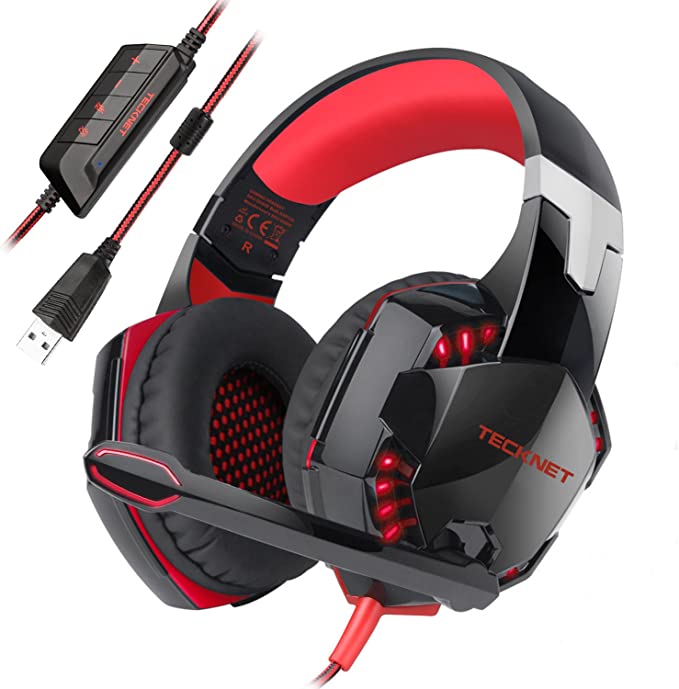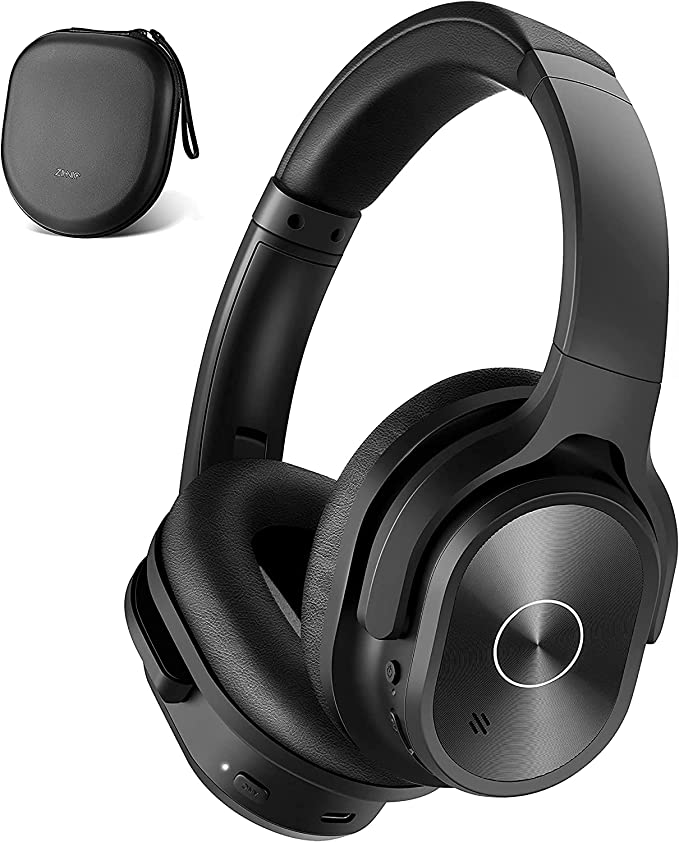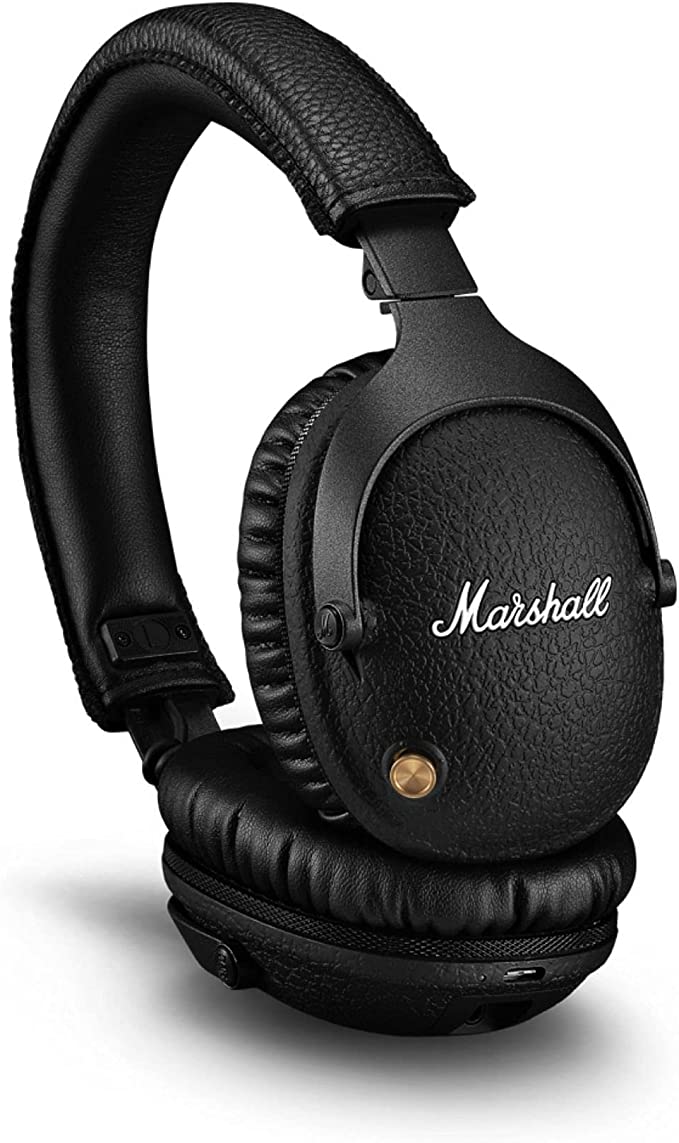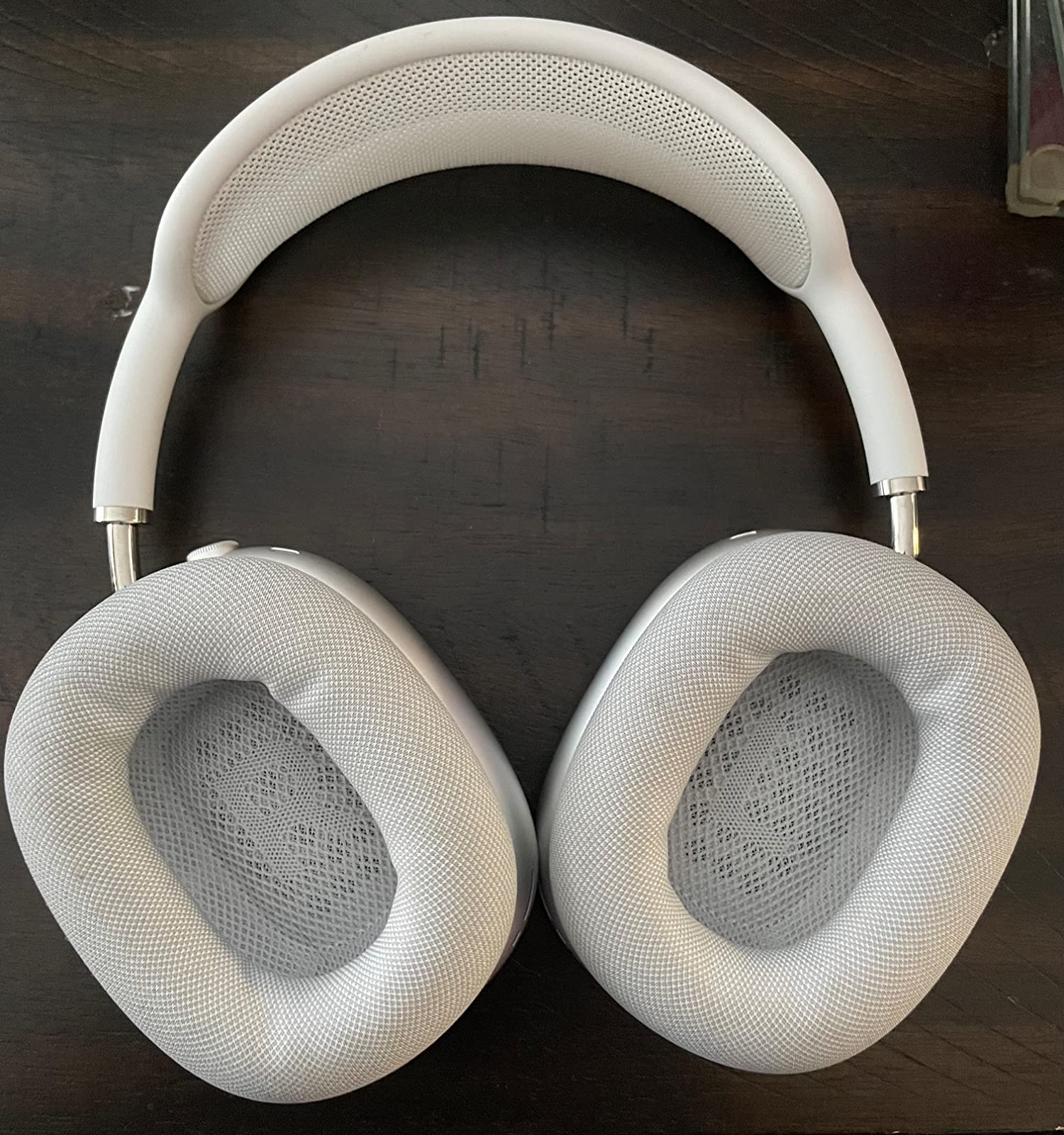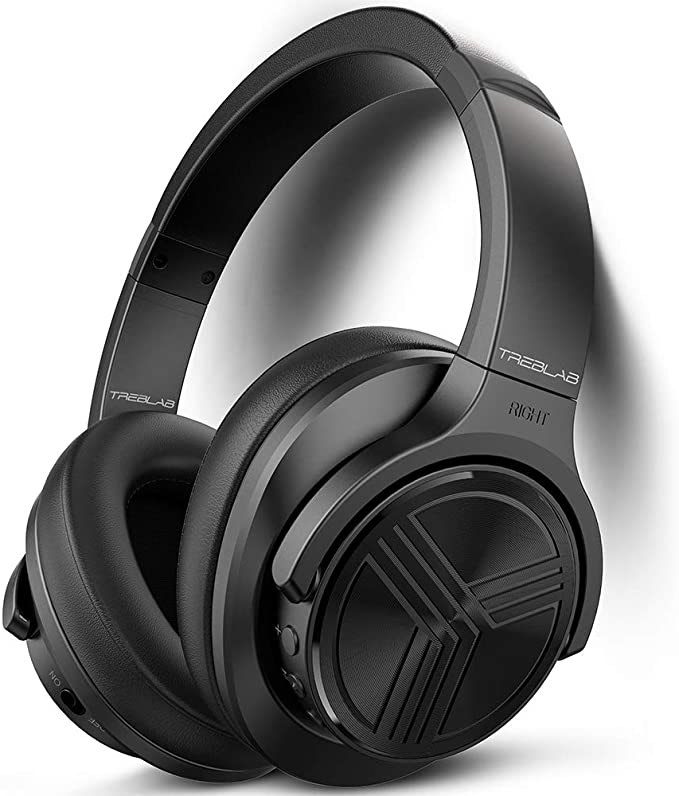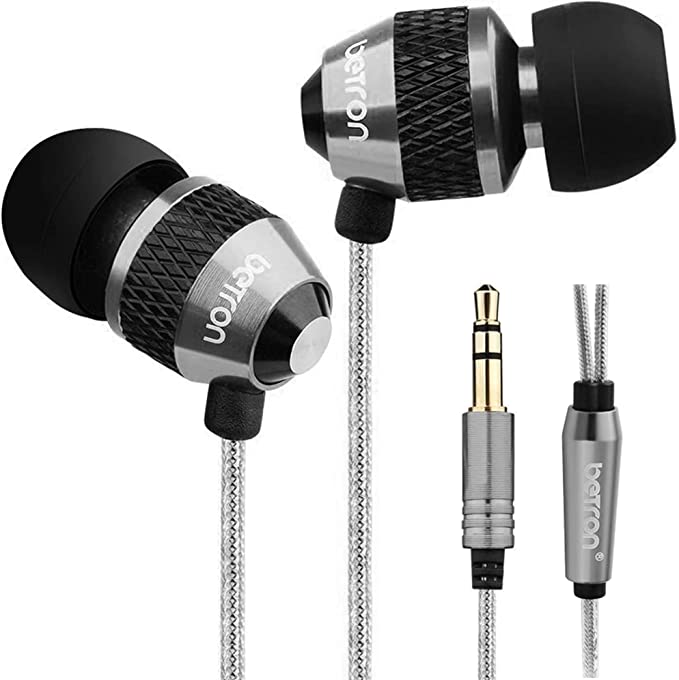From Telegraphs to Triumphs: The Hidden Science of Your Gaming Headset
Update on July 2, 2025, 2:37 p.m.
You’re alone. The timer is ticking down in a tense match of Valorant. Your eyes dart across the screen, scanning empty corridors. Then you hear it. Not a bang, not a shout, but a ghost—a faint, anomalous scrape of a boot against concrete, just off to your left and slightly behind you. Your crosshair snaps to the position instinctively. A burst of fire, and the round is yours.
Have you ever paused to wonder about that ghost? How did that fleeting, life-saving signal travel through a mess of copper and silicon to paint a perfect, predictive map inside your mind? The journey is longer, stranger, and far more fascinating than you might imagine. To understand the technology in a modern gaming headset, exemplified by a product like the Generic GH-2 Camo, we aren’t starting with video games. We’re starting over a century ago.

Echoes from a Quieter Past
Before the game, there was the signal. Picture a switchboard operator in the 1890s, tethered to her station by a single, cumbersome earpiece. Her challenge was simple but profound: to isolate one human voice from the clatter of the room. This was the birth of personal audio—not for entertainment, but for clarity.
Fast forward to 1910. In his Utah kitchen, a tinkerer named Nathaniel Baldwin, experimenting with compressed air and mica diaphragms, created a headset of astonishing sensitivity. The fledgling US Navy, desperate for a way for its radio operators to hear faint Morse code signals over the roar of ship engines, ordered every pair he could make. The theme was set: personal audio has always been a battle against noise, a quest to elevate a vital signal.
But hearing a signal wasn’t enough. We wanted to be there. The true genesis of immersion came in 1931 from an unassuming British engineer at EMI named Alan Blumlein. While watching an early “talkie” film, he was annoyed that an actor on the right side of the screen sounded like he was speaking from the center, where the only speaker was. In a stroke of genius, he patented a technique for recording two separate channels of audio, one for each ear. He called it “binaural” sound. We call it stereo. It was the first time technology could truly recreate a sense of space, the first great leap towards the virtual worlds we inhabit today.

Anatomy of the Sound Engine
So, how do we get from Blumlein’s insight to the skull-rattling explosions and crisp reloads in our ears? We have to look inside the engine room of the modern headset: the driver.
Calling a driver a “miniature speaker” is accurate, but it undersells the elegance of the physics at play. Inside the earcup of a typical gaming headset is a dynamic driver, which operates on a principle discovered by Michael Faraday in 1831: electromagnetism. It’s a beautifully simple trio of components working in concert:
- The Magnet: A powerful, fixed permanent magnet (in modern headsets, often a high-performance neodymium magnet).
- The Voice Coil: A coil of ultra-fine copper wire attached to the diaphragm, suspended within the magnet’s field.
- The Diaphragm: A thin, rigid-yet-lightweight cone or dome. This is the component that actually moves the air to create sound.
When the audio signal—an electrical current—flows from your game, it zips through the voice coil. This turns the coil into a temporary electromagnet, which is then rapidly pushed and pulled by the permanent magnet. Because the coil is attached to the diaphragm, the diaphragm vibrates in perfect sync with the audio’s waveform, acting like a precision air piston to create the sound waves you hear.
This brings us to size. The GH-2 headset claims a 50mm driver, which refers to the diameter of the diaphragm. A larger piston can, in theory, push more air. This is especially advantageous for low frequencies—the deep, energy-heavy sound waves of an explosion or a thumping soundtrack. However, size isn’t everything. The quality of a driver is a delicate engineering compromise between the diaphragm’s material, the magnet’s strength, and the coil’s responsiveness. A poorly designed 50mm driver can sound muddy and slow, while a masterfully engineered 40mm driver can deliver breathtakingly precise audio. The size indicates potential, not guaranteed performance.

The Gentle Art of Fighting Sound with Sound
Our journey has shown that as our world got louder, so did our desire for silence. This brings us to one of the most sophisticated features claimed by modern headsets: Active Noise Cancellation (ANC). Its origin, once again, lies not in gaming, but in aviation.
In 1978, Dr. Amar Bose was on a flight, frustrated that the roar of the jet engines was overwhelming the music from his airline-supplied headphones. He realized that physically blocking the sound wasn’t enough. An entirely new approach was needed. He spent the flight sketching out the mathematics for a system that could fight sound with sound.
The principle is called destructive interference, a concept as elegant as it is clever. Imagine a ripple in a pond. To flatten it, you don’t absorb it; you create an identical, inverse ripple that meets it. Where a peak meets a trough, the water becomes perfectly still. ANC does this with sound waves:
A microphone on the outside of the headset “listens” to the ambient noise. An internal chip instantly analyzes this noise and generates an exact opposite sound wave—an “anti-noise” signal. This anti-noise is then played through the headset’s driver. When the external noise wave and the internal anti-noise wave arrive at your eardrum simultaneously, they cancel each other out. It is the acoustic equivalent of a judo master using an opponent’s own momentum against them.
But ANC is a specialist, not a panacea. It excels at combating constant, low-frequency drones like engine roar, fan hums, or air conditioning. It is far less effective against sudden, sharp, high-frequency sounds like a dog barking or a nearby conversation. For a gamer, its true power lies in lowering the “noise floor,” allowing you to hear the subtle in-game cues with greater clarity and at a safer volume, as recommended by the World Health Organization’s “Safe Listening” initiatives.
The Grand Illusionist is You
Here is perhaps the most mind-bending part of our journey: the most powerful and complex audio processor involved in your gaming experience is not in the headset or the computer. It’s in your head. Your brain is the ultimate graphics card for sound.
The fact that you can perceive a 3D soundscape from just two sound sources (your left and right earcups) is a miracle of psychoacoustics. Your brain performs this grand illusion using several key data points. The two most important are:
- Interaural Time Difference (ITD): A sound coming from your left will arrive at your left ear a few hundred microseconds before it arrives at your right. Your brain’s neural circuitry is exquisitely tuned to detect this infinitesimal delay.
- Interaural Level Difference (ILD): That same sound will also be slightly louder in your left ear, as your head creates an “acoustic shadow” that dampens the sound reaching the far ear.
This is the basis for all spatial audio. When game developers talk about “virtual 7.1 surround sound,” they are referring to software that uses a generalized model called a Head-Related Transfer Function (HRTF). This algorithm digitally manipulates the audio, adding tiny, calculated delays and volume changes to mimic how sounds from different directions would naturally interact with a human head and ears. It’s a sophisticated trick, feeding your brain the exact ITD and ILD cues it expects, fooling it into perceiving sound from behind, above, or below, even with only two drivers.
The Unsung Heroes of the Experience
Finally, our adventure concludes with two elements that are often overlooked but are critical to tying the entire experience together. First, ergonomics. A headset’s comfort is not a luxury; it is a core feature. Physical discomfort—pressure on the ears, excessive weight—is a cognitive load. It’s a constant, low-level distraction that pulls you out of the state of flow, breaking the very immersion the audio technology works so hard to create.
Second is the microphone. In team-based games, clear communication is paramount. Many gaming headsets use microphones with a cardioid polar pattern. Imagine the microphone projecting a heart-shaped “cone of hearing.” It is highly sensitive to sound from directly in front (your mouth) but actively rejects sound from the sides and rear (your keyboard, your roommate). It is a simple but vital piece of acoustic engineering designed to boost the all-important signal-to-noise ratio of your voice.
A New Respect for Sound
Let’s return to that game-winning moment. That “ghost” in the sound was not a single thing. It was the legacy of a 19th-century operator’s need for clarity. It was the echo of Alan Blumlein’s insight into stereo space. It was the product of a tiny electromagnetic engine working flawlessly, set within a cone of engineered silence, and finally, interpreted by the most powerful neural network on the planet: your brain.
Your gaming headset, whether it’s a generic model or a top-tier brand, is more than a plastic and silicon peripheral. It is a pocket-sized museum of human ingenuity. It’s a testament to our century-long quest to capture, control, and immerse ourselves in the world of sound. To understand this is to hear not just the game, but the rich, complex, and beautiful echoes of history itself.

